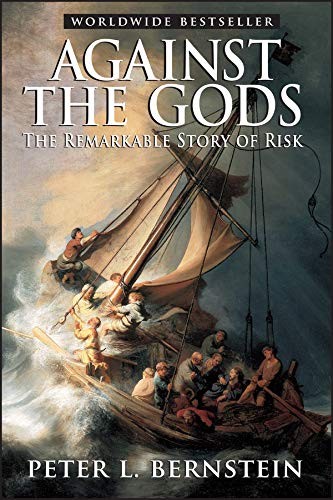
Entry and Exit:
The amount of losses is the only parameter you can control in your trading.
The entry is probably one of the least important ingredients in a complete and well-designed trading system. We assert that the real key to profits is knowing how to exit.
How good is your present exit strategy? A good way to test your exit proficiency is to enter a series of hypothetical trades at random, with no concern for direction or timing. Then place your exit stops and implement your profit-taking strategy. After running through 30 or more of these hypothetical trades, if your results (in terms of gross profits) are not better than break-even, your exits need to be improved.
Trading Planning and Sizing
Your personality and trading plan are two factors you cannot disregard in your speculation.
One of the most powerful techniques I use in my trading system framework is volatility standardization. This is adjusting the returns of different assets so that they have the same expected risk. As I discussed above, my standard definition of expected risk is to use an estimate of recent standard deviation. This has a number of benefits. It allows you to have portfolios where each component contributes an equal amount of risk. Furthermore, as you will see later in the book it means that you can apply the same trading rule to different assets, if the trading rule is applied to volatility-standardized returns.
You need to be lucky to make money.
Holy grail of trading is trading multiple non correlated strategies.
In the long run, we are all dead. But make sure that the short run doesn’t kill you first.
Man proposes, and God disposes / 谋事在人,成事在天